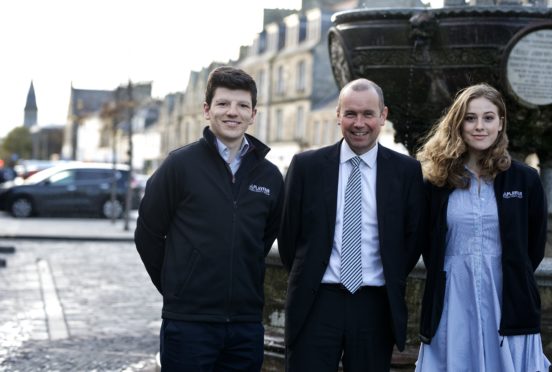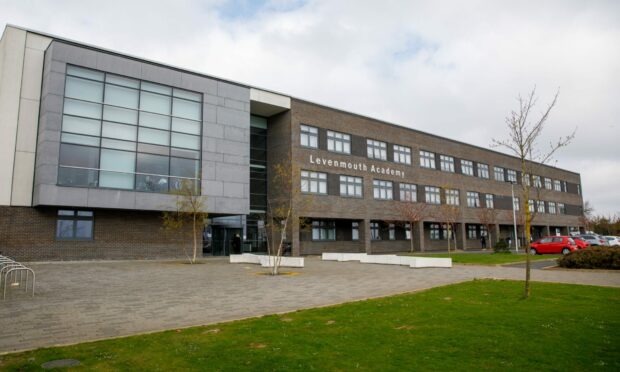A study to determine support for pedestrianisation in St Andrews town centre found a majority were against the idea.
Two-thirds of those who responded to the survey on banning cars from Market Street said they wished no change to current traffic arrangements.
The research was commissioned by St Andrews councillor Brian Thomson following a car-free day in the town, and more than 1,500 took part.
More than half of residents (53%) and 84% of businesses were against making the street a traffic-free zone.
Although most recognised pedestrianisation would improve the social atmosphere, accessibility was a higher priority with the fear that businesses would suffer with the loss of vehicle access and on-street parking.
Although most were against the idea of making the street traffic-free there was support for smaller scale improvements.
Mr Thomson said: “Whilst a significant number of respondents would wish to see some sort of pedestrianisation implemented, the majority wish to see no change to Market Street and, for me, that’s a key finding of the study.”
The Labour councillor is in favour of making the town centre more pedestrian and cycle friendly but he said: “I take the view that prior to considering any big change to Market Street in more detail, it would need to be demonstrated that it’s backed by a significant proportion of residents, and that’s clearly not the case at present.
“The study does highlight examples of pedestrianisation schemes that have resulted in increased pedestrian flows and turnover for businesses, however, many have plentiful nearby parking. That’s definitely not the case in St Andrews and, with the ongoing cuts to Fife Council’s funding, there is currently no finance available to construct new car parks.”
Mr Thomson said he would look into how other issues flagged up by the study could be addressed.
Concerns included the angle of parking spaces, prevalence of A-boards and insufficient pedestrians crossing points and cycle facilities and a common suggestion was shifting the monthly farmers’ market to the east end of Market Street.
The study by Playfair Consultancy Group was, said Mr Thomson, probably the most extensive survey of views on Market Street.
Frazer Towers, of Playfair Consultancy Group, said: “The results from our Market Street consultation show that while approximately a third of respondents indicate some form of preference for pedestrianisation, the option which was most favourable and desirable was that there should be no change to the existing street layout.
“Improvements to parking and transport flow within St Andrews must take place before the majority in town would consider supporting pedestrianisation.
“Indeed, plentiful availability of parking was identified as a key factor in case study examples of successful pedestrianisation schemes.”
A presentation on the study will be given at the next meeting of St Andrews Community Council in the Burgh Chambers, Queens Gardens, on March 4. The meeting, starting at 7pm, is open to the public.










